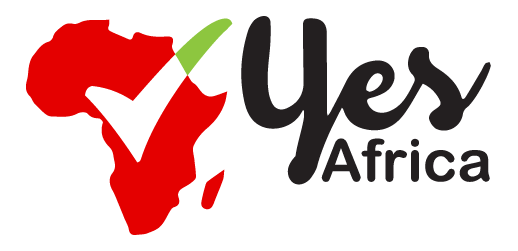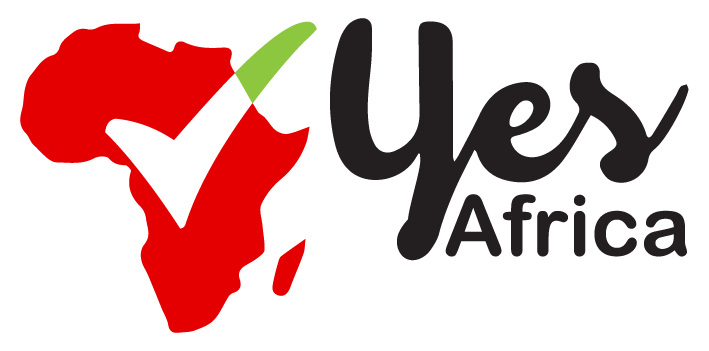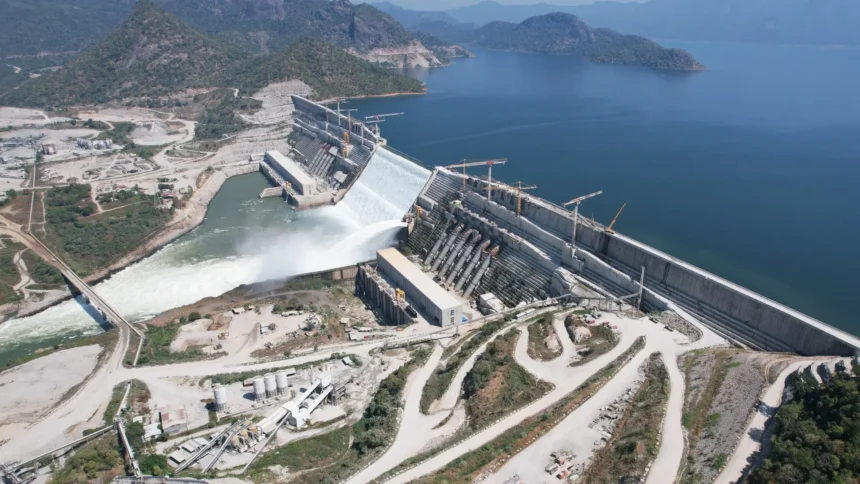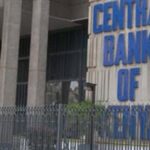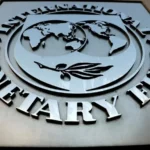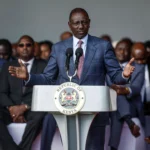The Grand Ethiopian Renaissance Dam (GERD) is 97.6% complete but faces serious financial problems and requires more than 80 billion birr ($633.5 million) for construction.
This illustrates the difficulty of spending large amounts of money on national development. Announced in April 2011, the GERD project aims to generate 5,150 megawatts of electricity, changing Ethiopia’s energy landscape and supporting economic growth.
To date, the project has raised more than 20.2 billion birr ($159.9 million) through the sale of public bonds, with the Development Bank of Ethiopia contributing an additional 10 million birr ($79,190).
Despite this progress, construction of the remaining 2.4% will still require significant financing. The Development Corporation’s Dawit Amare acknowledged the funding discrepancy.
- Advertisement -
He said the government planned to raise 1.6 billion birr ($12.7 million) from public donations this year to cover the deficit. The GERD aims to meet Ethiopia’s energy needs, which also gives the country the ability to export electricity to East Africa.
However, this has led to tensions with Egypt and Sudan over water rights, as both countries depend on the Nile River. Negotiations between Ethiopia, Egypt and Sudan over how to complete and operate the dam have again reached a stalemate.
Egypt is demanding a legal agreement that would ensure equitable distribution of water, while Ethiopia is defending its right to develop its resources. The GERD represents Ethiopia’s desire for self-sufficiency and economic growth.
But achieving these goals will depend on overcoming financial difficulties and arduous regional travel. Understanding these challenges is crucial as Ethiopia aims to complete the project by 2025.
This is particularly important for stakeholders such as investors and policymakers who oversee regional security and the energy sector.
